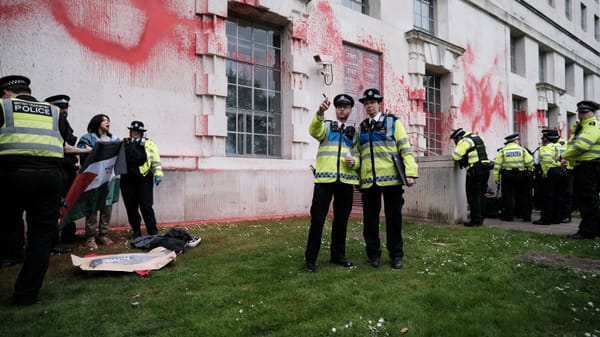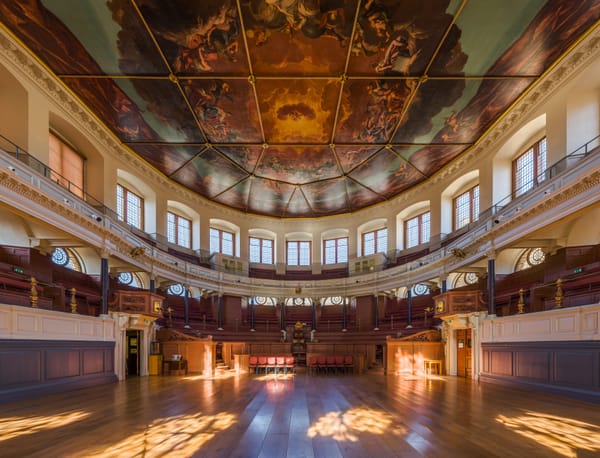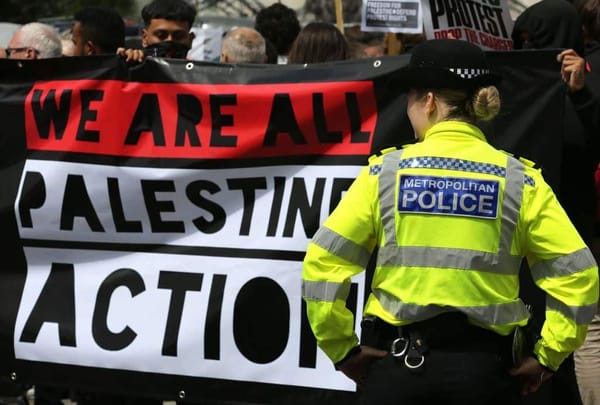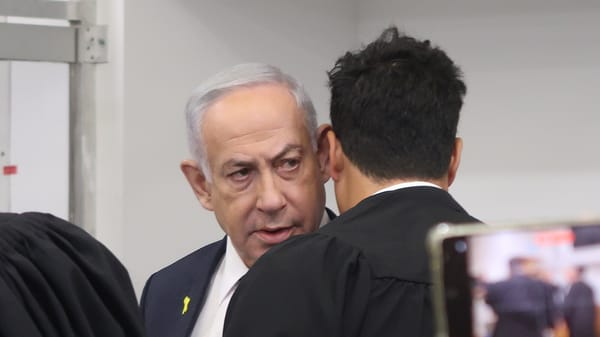Shabbat in a place where there is no peace
Co-resisting Israeli apartheid, in photos.
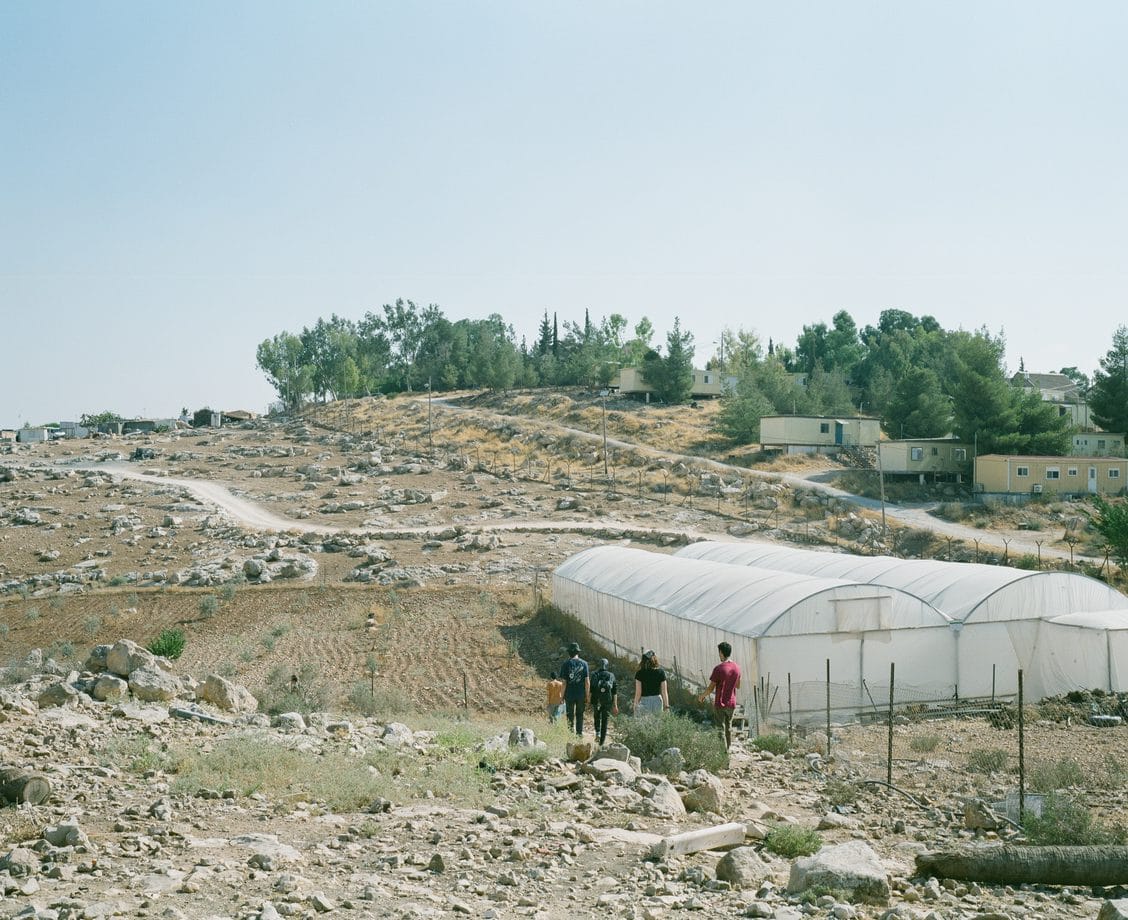
In August, I joined a group of Israelis and internationals to spend a weekend in Masafer Yatta, part of the South Hebron Hills region of the occupied West Bank. It is home to a cluster of small Palestinian villages, some of which date back centuries, with residents still making use of ancient cave structures and subsisting mainly on agriculture and shepherding.
Life for the few thousand residents of Masafer Yatta – some of whom used to live in the Negev/Naqab desert before being expelled in the Nakba of 1948 – has been a constant struggle for survival since the Israeli occupation began in 1967. Israeli settlements (illegal under international law) and outposts (illegal even under Israeli law, but protected nonetheless by the army) in the area have eaten up much of their land and resources, while the settlers regularly attack Palestinians with impunity; at the same time, the Israeli army maintains a near-total ban on construction in the Palestinian communities, and brutally represses any acts of protest.

But now the residents face an even greater threat: mass expulsion.
In May of this year, Israel’s Supreme Court greenlighted the forced eviction of all of the Palestinians located inside what Israel calls “Firing Zone 918” – a military training area that covers much of Masafer Yatta. It was declared in the early 1980s with the explicit purpose of transferring the Palestinian communities out of this area and confiscating their land under the guise of military necessity.

The Palestinian residents of the firing zone were already expelled en masse once, in 1999, before being allowed to return temporarily soon after on the basis of a successful appeal to the Supreme Court. Now, however, the Israeli army has been given legal authorisation to expel the residents at will. Not only would this uproot the lives of hundreds of families here, it could also set a precedent that leads to more large-scale expulsions across the West Bank, and a further escalation of Israel’s policies of annexation and apartheid.
The “solidarity weekend” was organised by the grassroots #SaveMasaferYatta campaign, a collective of Palestinian, Israeli and international activists forming an ecosystem of nonviolent resistance against what would be one of Israel’s largest operations of ethnic cleansing since 1967. The purpose of the weekend was to introduce participants to the situation on the ground, to meet Palestinian partners leading the resistance, to understand our rights as activists in this part of the occupied territories, and to learn how we can get more involved in the struggle.

The weekend was my first trip into the West Bank. I had recently arrived in Israel-Palestine with a Birthright programme facilitated by the UK’s United Jewish Israel Appeal (UJIA), which I walked off on the third day when our planned stay in Jerusalem was relocated at the last minute to Kibbutz Almog, a settlement just north of the Dead Sea. It was a surreal transition going from an organised trip with an obvious Zionist agenda that normalises illegal settlements through overnight stays, to a solidarity weekend highlighting the bleak consequences for Palestinians of the existence of these same settlements.
We were based in Umm Al-Khair, a Bedouin village of a few hundred people that is inside Masafer Yatta but just outside the firing zone. Despite being unaffected by the recent expulsion decision, nearly every home in Umm Al-Khair already has an active demolition order from the Israeli occupation authorities, and much of the village’s land has been confiscated by the Jewish settlement of Carmel which continues to expand mere metres away from the residents’ homes. The contrast with Carmel is striking: one activist from Umm Al-Khair wrote recently about how the chicken farms of Carmel have more rights than they do.

We spent much of the first day helping tend to the vineyards, de-weeding the rows of grapes that had been growing for the past few years. These “work days” not only function as a gesture of solidarity, but hopefully also contribute towards a state of self-sufficiency for the villagers – insofar as is possible under occupation.
As the sun set and the desert heat turned into an evening chill, I began to hear the distant chimes of a young girl singing Shalom Aleichem (Peace be upon you). Jewish readers may have sung this liturgical hymn at synagogue on a Friday night, or at home before saying kiddush and eating dinner. Written by Kabbalists in the late 16th or 17th century, the hymn welcomes in the angels who accompany families during Shabbat, with the presence of both a good angel and an evil angel acting as a reminder of the precarity of peace.

I suddenly felt a deep dissonance: here I was in a Palestinian village that is denied electricity and access to water, in a region from which over 1,000 Palestinians could imminently be expelled, and I could hear a Jewish hymn that I hadn’t heard since I was 15. A song that to me acts as a reminder of the comforts of growing up in a Jewish household: the importance of family, the food, the traditional aspects of my Jewish practice. So why, in the heart of the South Hebron Hills, could I hear the distant murmurs of Shalom Aleichem?
After a moment of confusion, reality set in; it was Friday night, and the singing was coming directly from Carmel. Behind a reinforced barbed-wire fence – which had been slowly encroaching further onto the Palestinians’ land – and under towering floodlights abrasively lighting the periphery of Umm Al-Khair, Jews were welcoming in Shabbat.

For the Palestinians of Umm Al-Khair, the sound of Jewish prayers acts as a constant reminder that the occupier is present. That, week on week, the good angel ensures a peaceful Shabbat in a place where there is no peace, and where Palestinians are denied access to basic human necessities simply because they are not Jewish. Where, on the holiest days of the Jewish calendar, settlers raid Palestinian villages under military escort.
It is crucial that the eyes of the world are focused on Masafer Yatta, which the Israeli state – and much of our communal establishment – would rather we ignore. Ethnic cleansing must not be allowed to pass unchallenged. The grassroots #SaveMasaferYatta campaign needs our support.▼
Jacob Lazarus is a photographer and filmmaker currently based in Tel Aviv, working on long-form documentary projects surrounding modes of resistance in Israel and Palestine.

